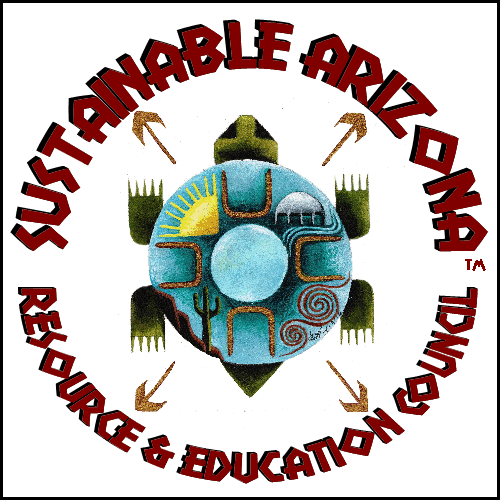This development could be very big in Arizona where the opportunity for a combination of wind and solar would help local tribes improve their economies and their health.
By, Karen Petersen, National Renewable Energy Laboratory

From the redwood forests of northern California to the green lowlands of upstate New York, from the high desert of southern Nevada to the frozen tundra of northern Alaska, visionary Native American leaders are forging a new path to economic vitality and community resiliency. It’s a new path that honors traditional ways, while addressing longstanding challenges and barriers.
There’s no denying the persistent gaps between American Indian and Alaska Native (AIAN) populations and the rest of the country in areas such as housing, healthcare, education, and employment. For generations, tribal leaders have worked to close those gaps and provide for their communities, and for some, gaming has provided one avenue for doing so. But forward-looking tribal governments are continually seeking new and innovative approaches to economic development. And increasingly, they are focusing on energy.
Within the broad swaths of mostly rural, often remote land Native Americans call “Indian Country” exist considerable untapped resources. Despite representing less than 2% of the total U.S. land base, Indian lands contain an estimated 5% of all U.S. renewable energy generation potential, according to the U.S. Department of Energy’s (DOE’s) National Renewable Energy Laboratory (NREL).
When considered in light of the rapid decline in costs for clean energy technologies, the proliferation of policies that incentivize clean energy, and the increasingly urgent need for energy transformation, this disproportionate wealth in renewable resources represents a nascent opportunity—one not reserved for tribes alone.
“Indian Country is ripe with opportunity for profitable, mutually beneficial business engagements with tribes,” said DOE Office of Indian Energy Director Chris Deschene.
Positioning Tribes to Thrive
Deschene’s characterization of the opportunity for energy development on tribal lands is grounded in data-driven analysis and empirical evidence. In addition to funding technical resource and market analyses and contributing to intergovernmental energy and climate initiatives, the DOE Office of Indian Energy Policy and Programs has an established track record of cultivating propitious – and practicable – tribal energy visions. Since 2002, DOE has invested more than $50 million in nearly 200 tribal energy efficiency and renewable energy projects.

